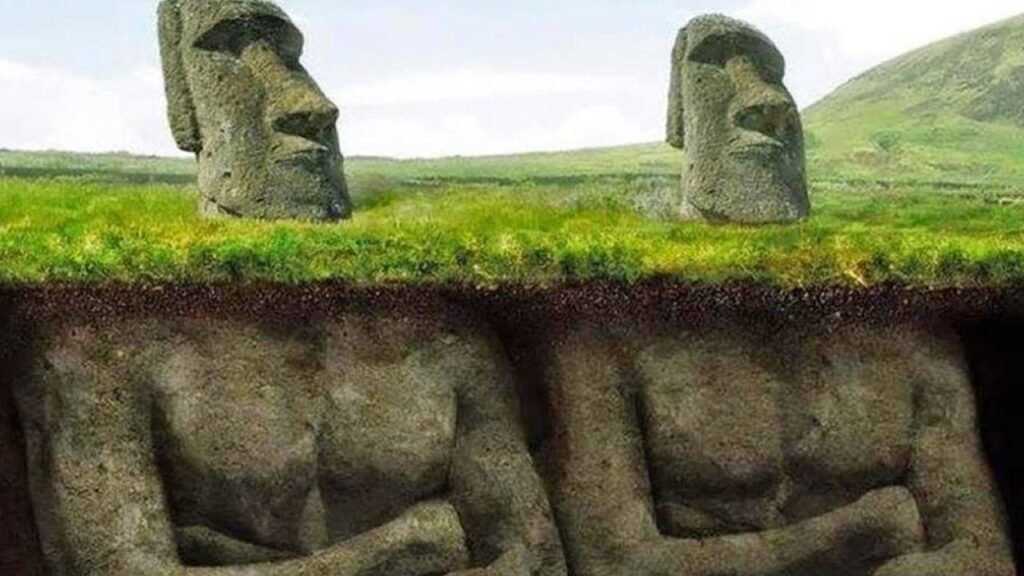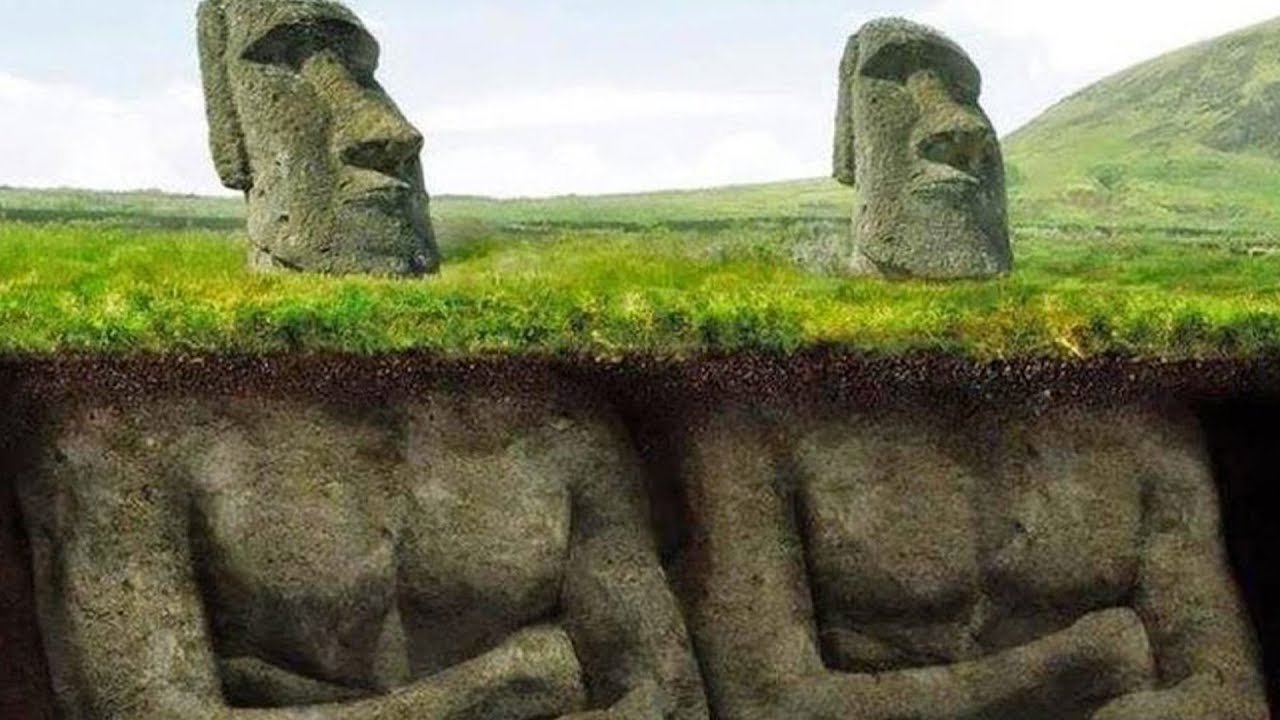Top 30 Fascinating Archaeological Facts That Reveal the Secrets of History
By revealing the secrets of long-forgotten cultures, ancient civilizations, and human evolution, archaeology helps to close the gap between the past and present. Archaeology illuminates humanity’s amazing path through magnificent monuments and ground-breaking discoveries.

This blog explores 30 astounding facts about archaeology that will astound you with the breadth and depth of human history.
1. The Great Pyramid of Giza is the Last Standing Wonder of the Ancient World
Built around 4,500 years ago, the Great Pyramid of Giza is the only surviving wonder of the Seven Wonders of the Ancient World. It was constructed using over 2 million stone blocks, each weighing several tons.
2. The Terracotta Army Was Buried for Over 2,200 Years
Discovered in 1974 in China, the Terracotta Army consists of thousands of life-sized clay soldiers created to guard Emperor Qin Shi Huang in the afterlife.
3. Stonehenge Remains a Mystery
This prehistoric monument in England, dating back over 4,000 years, is made of massive stones transported from hundreds of miles away. Its purpose, whether astronomical, ceremonial, or burial-related, remains debated.
4. Pompeii Was Preserved by a Volcanic Eruption
The Roman city of Pompeii was buried under volcanic ash in 79 CE when Mount Vesuvius erupted. The ash preserved buildings, art, and even people, offering an extraordinary glimpse into ancient Roman life.
5. Machu Picchu Was Rediscovered in 1911
Hidden high in the Andes Mountains, Machu Picchu is an Incan city abandoned in the 16th century. It remained unknown to the outside world until archaeologist Hiram Bingham brought it to global attention.
6. The Rosetta Stone Deciphered Ancient Egyptian Hieroglyphs
Found in 1799, the Rosetta Stone contains the same text written in Greek, Demotic, and Egyptian hieroglyphs. This artifact was crucial in deciphering the ancient Egyptian writing system.
7. The Dead Sea Scrolls Date Back Over 2,000 Years
Discovered in the Qumran Caves in the 1940s, the Dead Sea Scrolls are ancient manuscripts that include some of the earliest biblical texts.
8. The Colosseum Once Hosted Naval Battles
The Roman Colosseum, completed in 80 CE, was not only used for gladiatorial combat but also for mock naval battles when the arena was flooded.
9. Göbekli Tepe is Older Than Stonehenge
Located in modern-day Turkey, Göbekli Tepe is a 12,000-year-old archaeological site, believed to be one of the earliest temples constructed by humans.
10. King Tutankhamun’s Tomb Was Almost Intact
Discovered by Howard Carter in 1922, King Tutankhamun’s tomb contained a wealth of treasures, including his iconic golden death mask, and provided insights into ancient Egyptian burial practices.
11. Angkor Wat is the Largest Religious Monument in the World
Built in the 12th century in Cambodia, Angkor Wat was originally a Hindu temple dedicated to Vishnu before becoming a Buddhist site.
12. The Nazca Lines Are Visible Only from Above
The Nazca Lines in Peru are giant geoglyphs etched into the desert, depicting animals, plants, and shapes. Their purpose remains unclear, with theories ranging from religious rituals to astronomical calendars.
13. The Library of Ashurbanipal Predates the Library of Alexandria
Located in ancient Nineveh, the Library of Ashurbanipal, dating back to the 7th century BCE, contained thousands of clay tablets, including the Epic of Gilgamesh.
14. Easter Island Statues Have Hidden Bodies
The famous Moai statues of Easter Island are not just heads; excavations have revealed they have full torsos buried underground.
15. The Acropolis in Athens is Over 2,500 Years Old
The Acropolis, a symbol of ancient Greek civilization, includes the Parthenon, a temple dedicated to Athena, the city’s patron goddess.
16. Petra Was Rediscovered in the 19th Century
The ancient city of Petra in Jordan, known for its rock-cut architecture, was rediscovered by Swiss explorer Johann Ludwig Burckhardt in 1812.
17. The Indus Valley Civilization Had Advanced Plumbing
The Indus Valley Civilization, which flourished around 2500 BCE, featured sophisticated urban planning with drainage systems and indoor plumbing.
18. The Viking Age Left Runestones Across Europe
Runestones, inscribed with runic alphabets, are scattered across Scandinavia and parts of Europe, serving as memorials and records of Viking life.
19. The Shroud of Turin Remains a Mystery
The Shroud of Turin, a piece of linen believed by some to bear the image of Jesus Christ, continues to spark debates about its authenticity and origins.
20. The Cave Paintings of Lascaux Are Over 17,000 Years Old
Discovered in France, the Lascaux caves feature Paleolithic art depicting animals and symbols, showcasing early human creativity.
21. The Mayan Calendar Was Highly Advanced
The Mayans created a sophisticated calendar system that accurately tracked celestial events and even predicted eclipses.
22. Sutton Hoo Revealed Anglo-Saxon Wealth
The Sutton Hoo burial site in England contained an elaborate ship burial filled with treasures, shedding light on early medieval Anglo-Saxon culture.
23. The Olmecs Created the First Mesoamerican Civilization
The Olmecs, known for their colossal stone heads, were among the earliest complex societies in Mesoamerica, influencing later cultures like the Maya and Aztec.
24. The Taj Mahal is a Mausoleum
Built in the 17th century by Emperor Shah Jahan, the Taj Mahal in India is a marble mausoleum dedicated to his wife, Mumtaz Mahal.
25. Herculaneum Was Buried Alongside Pompeii
Like Pompeii, the Roman town of Herculaneum was buried during the eruption of Mount Vesuvius, but it was preserved in a different state, offering complementary insights into Roman life.
26. Teotihuacan Was a Multicultural City
The ancient city of Teotihuacan in Mexico, home to the Pyramid of the Sun, was a melting pot of cultures before its mysterious decline.
27. The Great Wall of China Took Centuries to Build
The Great Wall of China was constructed over multiple dynasties, with its earliest sections dating back to the 7th century BCE.
28. The First Written Language Was Cuneiform
Developed by the Sumerians around 3100 BCE, cuneiform is the world’s oldest known writing system, used for recording trade, laws, and literature.
29. Catalhoyuk Was a Neolithic Proto-City
Located in modern Turkey, Catalhoyuk is a 9,000-year-old site showcasing early urban life, where homes were interconnected, and people accessed their dwellings via rooftops.
30. The Antikythera Mechanism Was an Ancient Computer
Recovered from a shipwreck off the coast of Greece, the Antikythera Mechanism is a 2,000-year-old device used to predict astronomical events, showcasing ancient Greek engineering marvels.


